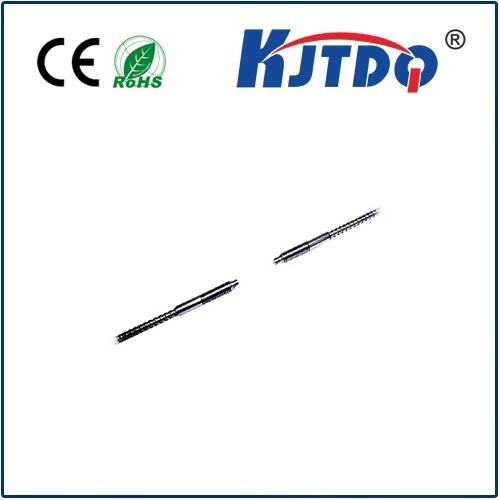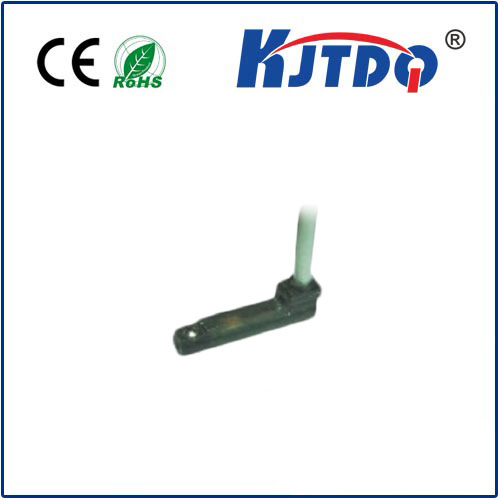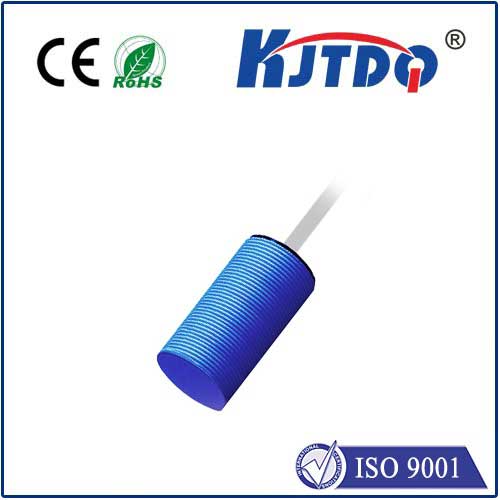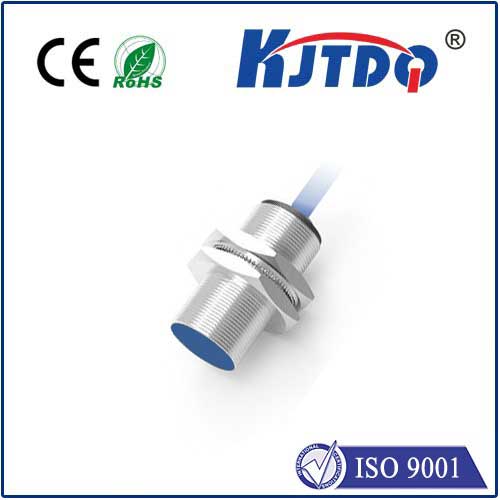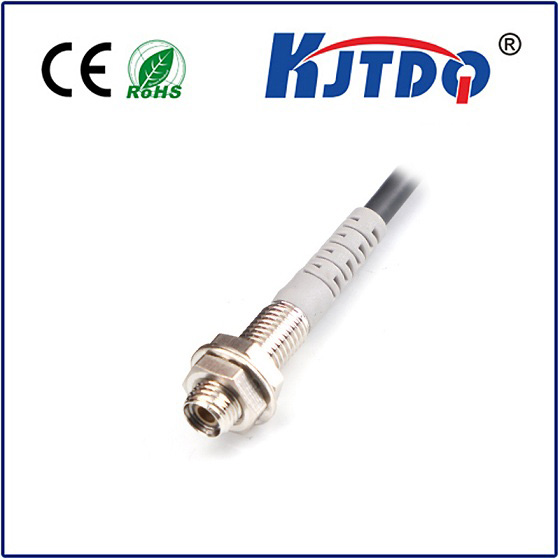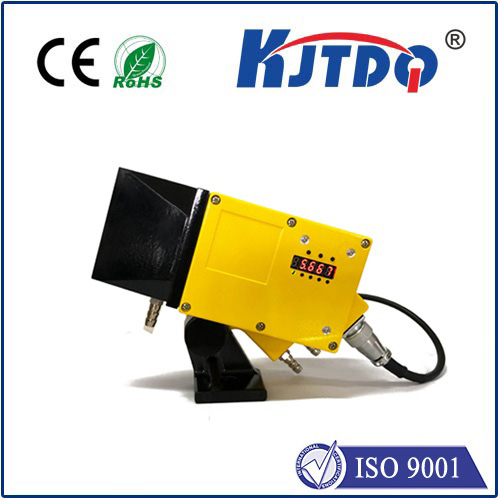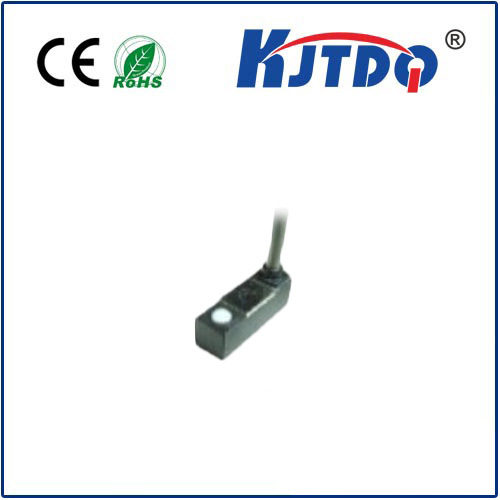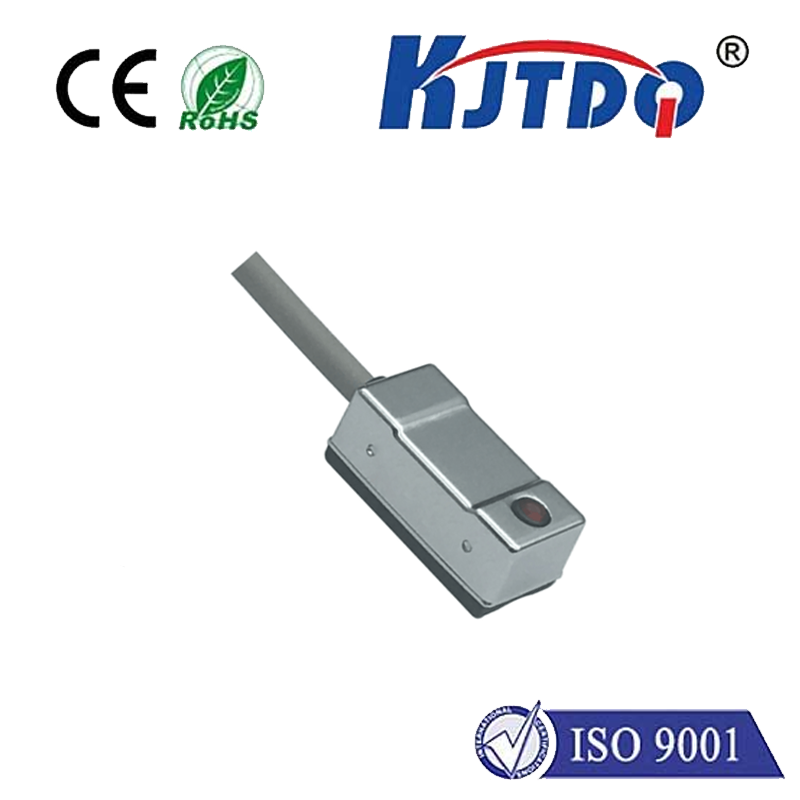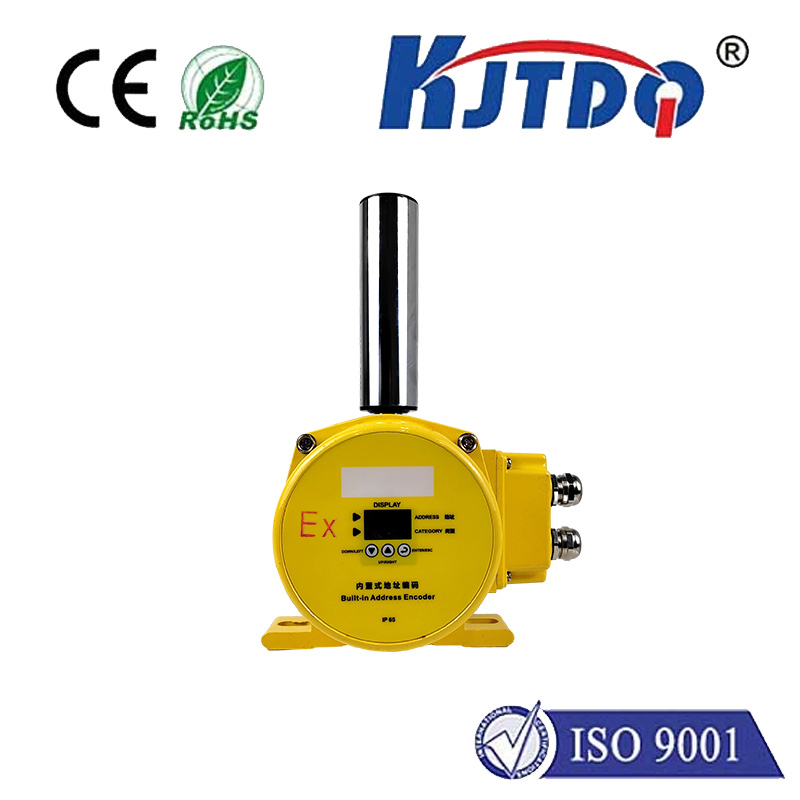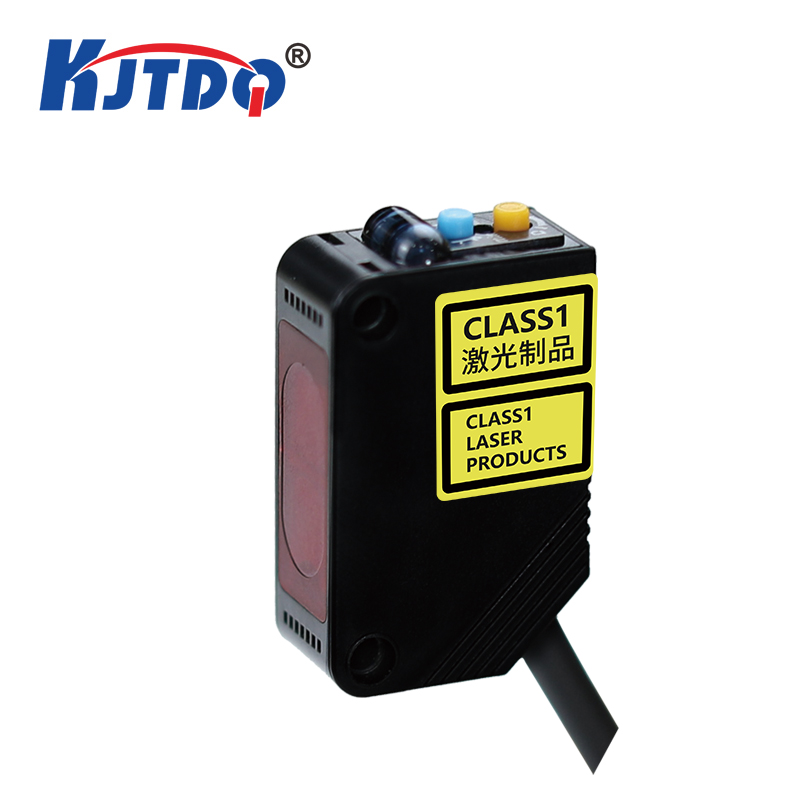E3FC-BP21 reflective photoelectric beam sensor
- time:2025-10-10 02:25:22
- Click:0
E3FC-BP21: Your Compact Powerhouse for Reliable Object Detection in Automation
In the intricate dance of modern industry, where seamless movement and precise timing are paramount, unseen sentinels play a critical role. Among the most vital are photoelectric sensors, the electronic eyes that detect presence, position, and absence. Ensuring processes run smoothly, safely, and efficiently often hinges on choosing the right sensor for the job. This is where the E3FC-BP21 reflective photoelectric beam sensor shines, offering a compelling blend of performance, robustness, and simplicity in industrial automation environments.
Unlike its through-beam counterparts requiring separate emitter and receiver units positioned opposite each other, the brilliance of the reflective photoelectric beam sensor lies in its integrated design. The E3FC-BP21 cleverly houses both the light transmitter (usually infrared LED) and the receiver within a single, compact housing. It emits an invisible light beam towards a dedicated reflector placed strategically across the detection path. When an object interrupts this beam’s path to the reflector, preventing light from bouncing back to the receiver, the sensor triggers an output signal. This ‘reflector mode’ operation significantly simplifies installation, reduces component count, and lowers wiring complexity compared to through-beam setups.
So, what makes the E3FC-BP21 stand out in the crowded field of photoelectric sensors?

- Impressive Sensing Range: This sensor tackles detection tasks comfortably up to 2 meters (2000 mm), making it versatile for a wide array of applications, from monitoring conveyor gaps to detecting large pallets.
- Robust & Reliable Construction: Engineered for demanding settings, it boasts an IP67 rating. This high level of ingress protection shields its internal components from substantial amounts of dust and even temporary immersion in water (up to 1 meter for 30 minutes). Harsh factory floors pose no problem.
- Crucial Polarized Retro-Reflective Technology: This is a key differentiator. Standard reflective sensors can be fooled by highly reflective objects, mistaking their shine for the reflector’s return beam. The E3FC-BP21 employs a polarized filter. The emitted light is polarized (vibrates in a specific plane). The dedicated reflector twists this polarization angle by 90 degrees. The sensor’s receiver has a filter that only allows light polarized in this new 90-degree twisted angle to pass. Shiny objects simply reflect light back with its original polarization, which the receiver filter blocks. This technology drastically reduces false detections, ensuring highly reliable operation even with metallic, glossy, or plastic-wrapped items.
- Compact Design with M12 Connector: Its compact cylindrical body facilitates installation in tight spaces. Featuring a standard 4-pin M12 quick-disconnect connector, wiring is fast, secure, and hassle-free, simplifying maintenance and replacements.
- Stable Detection Performance: Designed to maintain a stable signal, minimizing output fluctuations caused by minor environmental changes or variations in target objects. This consistency is vital for automated systems relying on accurate triggers.
- Standard PNP Switching Output: Integrates smoothly with common industrial control systems like PLCs (Programmable Logic Controllers), using a widely compatible PNP (sourcing) output configuration.
Where Does the E3FC-BP21 Excel? Applications Galore
The reliability and ease of use make this sensor ideal across numerous sectors:
- Conveyor Systems: Detect presence, absence, or jams of boxes, cartons, totes, and products reliably at key transfer points or sorting stations.
- Packaging Machinery: Verify product presence before sealing, ensure case erection is complete, or count items entering a carton. Its ability to handle shiny packaging materials is a major plus.
- Material Handling: Monitor pallet position, detect when racks are full or empty, or signal the arrival of AGVs (Automated Guided Vehicles).
- Automotive Assembly: Ensure components are present before robotic operations commence, detect vehicles on assembly lines, or verify door openings/closings.
- Security & Access: Act as part of safety light curtains or door monitoring systems within factories to prevent access to hazardous areas when machinery operates.
- Machine Building: Provides a dependable solution for object detection within custom automated machines guarding moving parts.
Technical Edge: Ensuring Signal Integrity and Ease of Use
Beyond its fundamental features, the E3FC-BP21 incorporates design elements focused on operational excellence:
- Optimized for Varied Surfaces: The polarized retro-reflective principle ensures consistent detection whether the interrupting object is matte, glossy, transparent (to some infrared extent), or opaque. This versatility reduces the need for constant sensor retuning when products change.
- Visual Status Indicators: Built-in LEDs provide clear feedback on power status, output state, and signal stability, enabling rapid troubleshooting and verification during setup or maintenance.
- Stable Power Requirements: Operating typically on 12-24V DC, it integrates effortlessly into standard industrial control voltages, drawing minimal current. Its operating temperature range (-25°C to +55°C) ensures performance across diverse climates within a factory.
- Simplified Alignment: While alignment is necessary (ensuring the emitted beam hits the reflector squarely), the process is significantly more straightforward than coordinating two separate units like in through-beam systems. The visual indicators greatly aid this alignment process.
Installation Considerations: Maximizing Performance
To leverage the E3FC-BP21’s full potential, attention to installation details is key:
- Secure Mounting: Ensure both the sensor and its corresponding reflector are fixed rigidly to prevent vibration-induced misalignment or erratic signals.
- Precise Alignment: Take time during setup to align the sensor precisely with the reflector center. Utilize the sensor’s stability indicator LED for fine-tuning; a solid light indicates optimal alignment and signal strength. Even slight misalignment can reduce the effective sensing range.
- Clear Line of Sight: Maintain a completely unobstructed path between the sensor and reflector. Dust accumulation on lenses or the reflector surface will degrade performance over time. Implement regular cleaning schedules if operating in dusty environments.
- Avoid Interfering Light Sources: While resistant to ambient light interference, direct intense sunlight or powerful artificial light sources shining directly into the receiver lens should be avoided where possible. Using the sensor’s shading hood (if supplied or available) can help mitigate this.
- Use the Correct Reflector: Always pair the sensor with the reflector specifically designed or approved for use with it, particularly due to the crucial polarization matching required.
The E3FC-BP21 reflective photoelectric sensor embodies a powerful solution for countless *object












